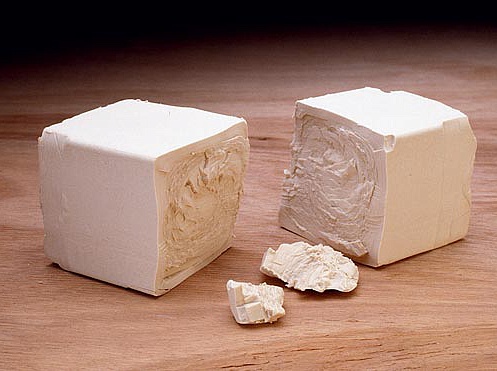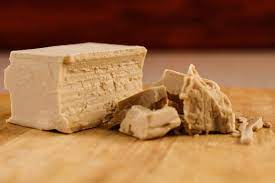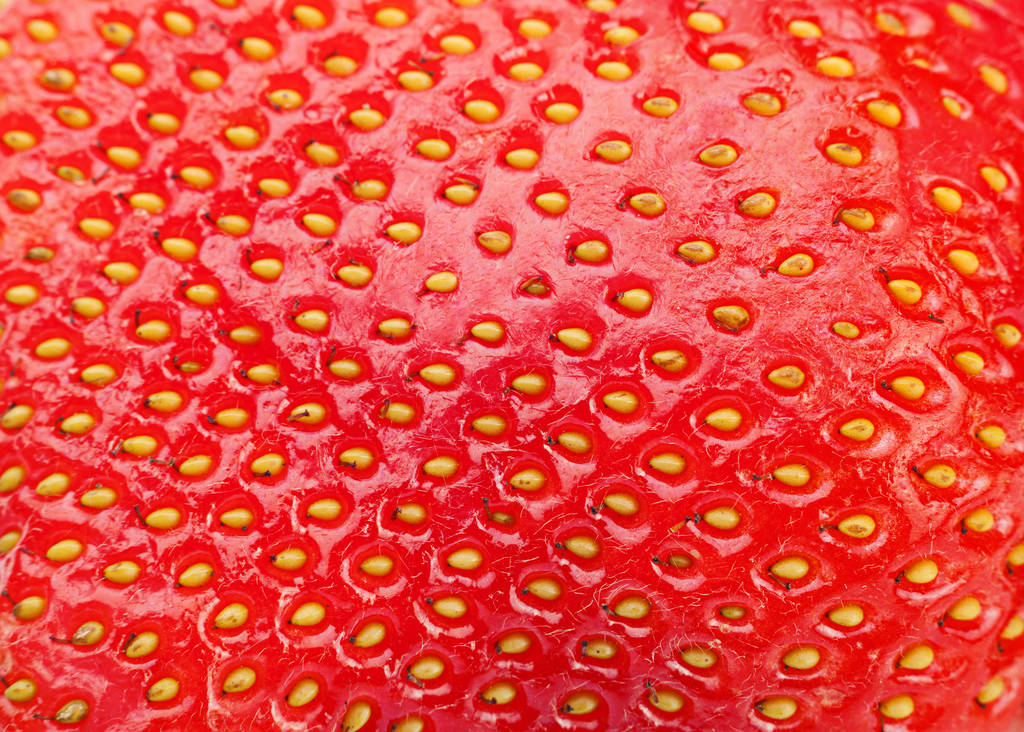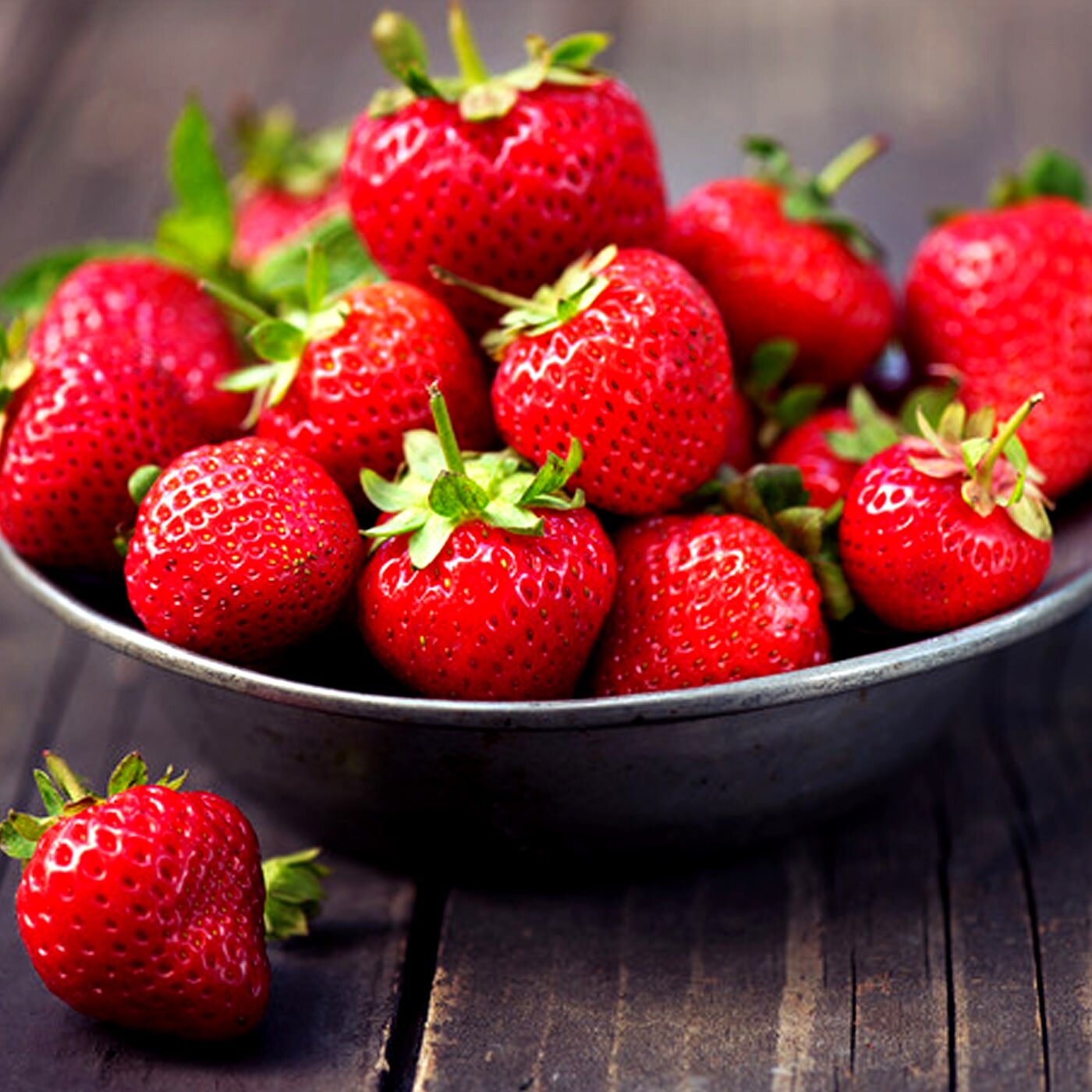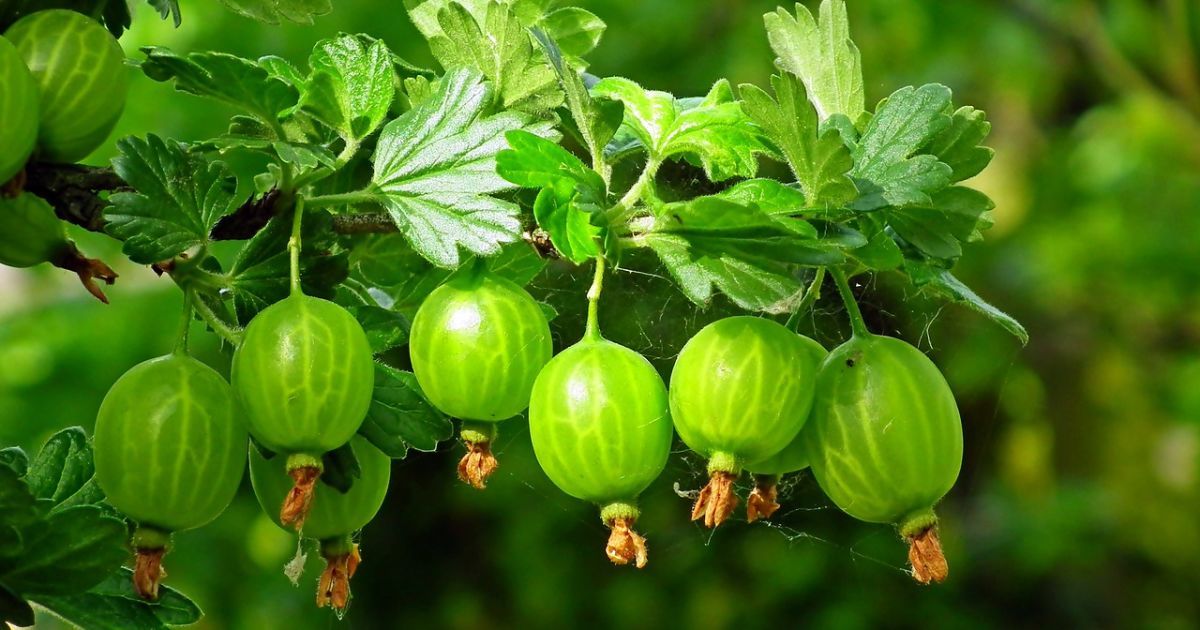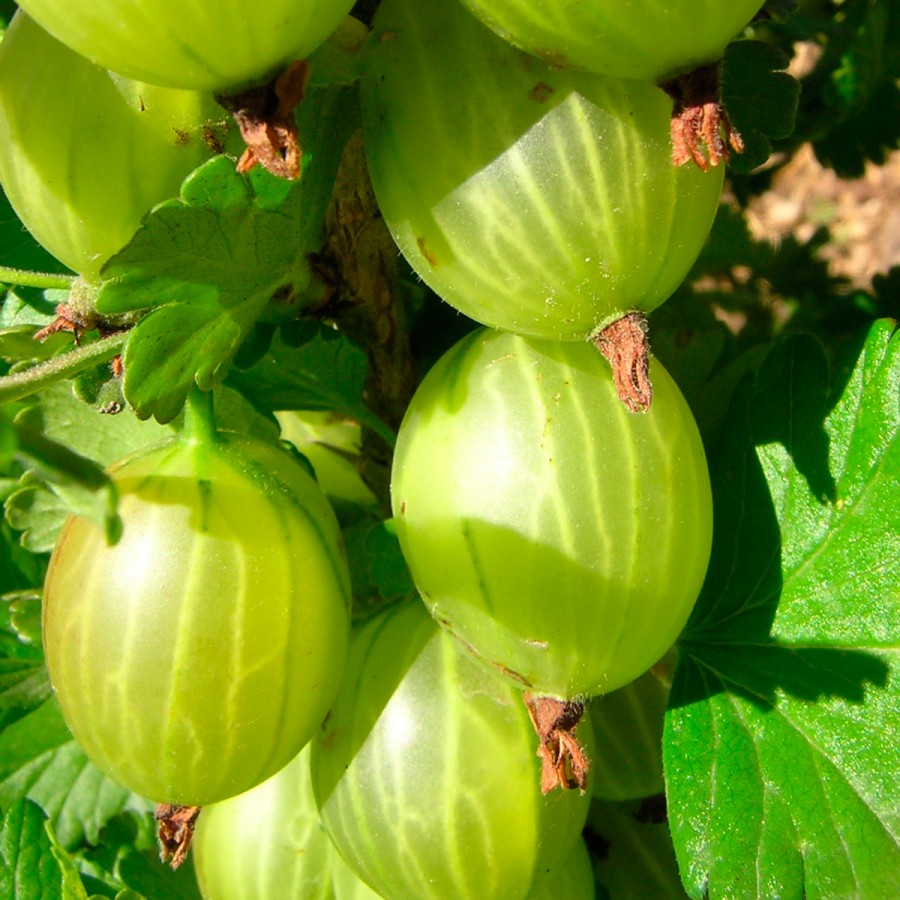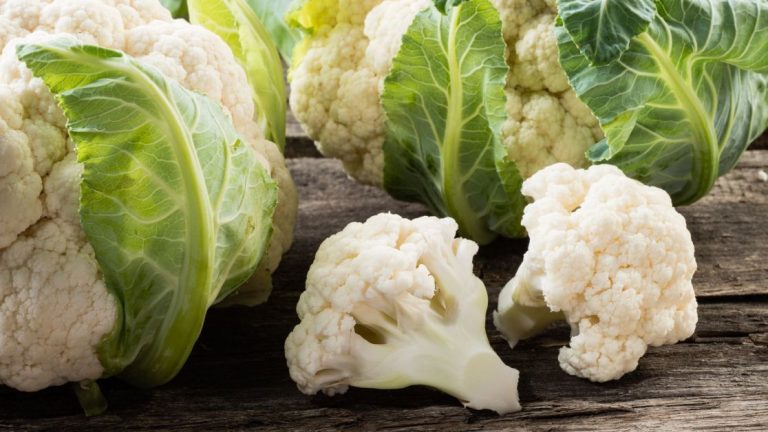If you want to dry thyme, you can do this very easily in the air under the right conditions. It’s worth it, because thyme has a very long shelf life when dried, so you can use the spice for a long time.
In order to be able to use thyme for as long as possible, you should preserve it. The best way to do this is to dry it. In the dried state you can use it for seasoning, for example for potatoes, tomato sauce, various soups and vegetables such as eggplant or zucchini. You can also use dried thyme as a tea. Thyme tea is said to have a positive effect on colds. Simply pour hot water over the thyme. This works with both fresh and dried herbs.
Thyme is at its most aromatic when you harvest it just before it blooms, between May and September. You can also create your own small herb garden, there is even enough space on the balcony or windowsill.
Drying Thyme: Instructions
To dry thyme, use scissors to cut off several branches of the plant. If your thyme is outside, it is best to choose a day when it is not raining. Because if the thyme is very damp, the risk of mold increases. That’s why you shouldn’t wash the thyme if possible. If there are wilted leaves on the branches, remove them before drying.
Now take a piece of twine and tie several sprigs of thyme together in bundles.
Hang the bundles so the thyme hangs upside down. Choose a warm, dry place to hang. This place should be as dark / shady as possible. Make sure the bunches of thyme aren’t hanging too close together so they get enough air from all sides.
After two to four weeks you can remove the thyme, it is then well dried. You can tell by the fact that you can easily crumble the leaves between your fingers.
Separate the leaves from the stems and fill them in screw-top jars.
Store the spice jars in a dark and dry place. This way you can use the thyme for several months.


